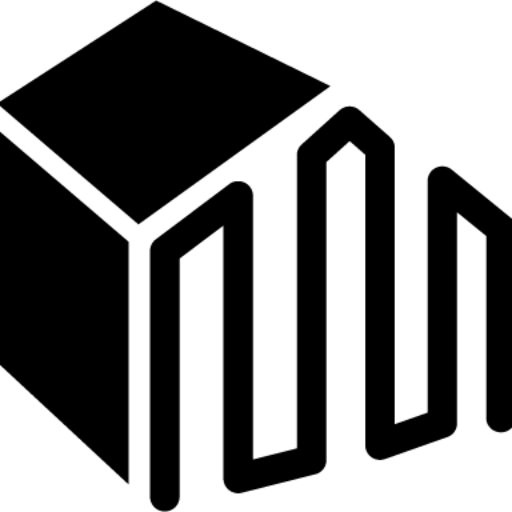Known truths about metal structures made with cold-formed steels
Why choose a construction with a metal structure? What we know/What we can find out!
Steel does not change size or shape with changes in moisture content – which helps prevent cracks in finishes such as drywall and stucco. When they get wet, both wood and brick will swell. When they dry out and cure, concrete and concrete block will shrink and form shrinkage cracks.
Steel does not change its size or shape when exposed to moisture, which helps prevent cracks in finishes such as plasterboard and parquet.
In humid environments, concrete, wood and bricks absorb moisture. When they dry, they will shrink and generate shrinkage cracks in the plane of the finishes.
Steel is isotropic: meaning it has the same dimensional properties in all directions. Since there is no “grain,” the strength of steel is the same up and down, side-to-side, and in all loading directions.
Steel is isotropic: it means that it has the same identical physical properties in all directions.
The strength of steel is the same in all loading directions.
Steel does not warp, shrink or crack in normal loading and framing applications.
The steel does not twist, shrink or crack under normal load conditions correctly dimensioned in frame solutions.
Steel is 100% non-combustible. Therefore, height and area restrictions on combustible materials do not apply to cold-formed steel.
from the point of view of prof. dr. ing Dan Dubina…
Usually, for the fire protection of this type of profiles, it is recommended to insulate them with mineral wool or other similar materials and cover them with a plasterboard system.
This protection ensures adequate fire resistance according to the design requirements imposed by the rules.
Depending on the number of plasterboard layers and the additional thermal insulation, this type of protection can ensure a fire resistance of up to 120 minutes.
The International Building Code (IBC) and other building codes limit how tall a building can be or how much area can be encompassed by the building based on several factors. The primary factor is the combustibility of the products used for the building. Table 503 of the IBC categorizes buildings by construction type and use group, and gives the maximum building height in feet or stories, and the maximum area in square feet. Coldformed steel (CFS), being totally noncombustible, can help developers and builders use land more efficiently by allowing taller and wider buildings for the same occupancy classification.
The International Building Code (IBC) and other building codes limit how tall a building can be or how much building area it can encompass based on several factors.
The primary factor is the combustibility of the products used in the building.
Table 503 of the IBC classifies buildings by construction type and use group and provides the maximum building height in feet or stories and the maximum square footage.
Cold-formed steel (OFR), being completely non-combustible, can help developers and builders use land more efficiently, allowing taller and wider buildings to be built for the same occupancy classification.
For midrise buildings in the 4 to 9 story range C). CFS is much more cost effective than heavier construction. It also has a more predictable schedule that can shave months off the total project cycle.
For medium-rise buildings in the 4 to 9-story range, OFR is much more cost-effective than heavier construction.
It also has a more predictable schedule/planning, which can significantly shave months off the total project cycle time.
Source: www.steelframing.org









